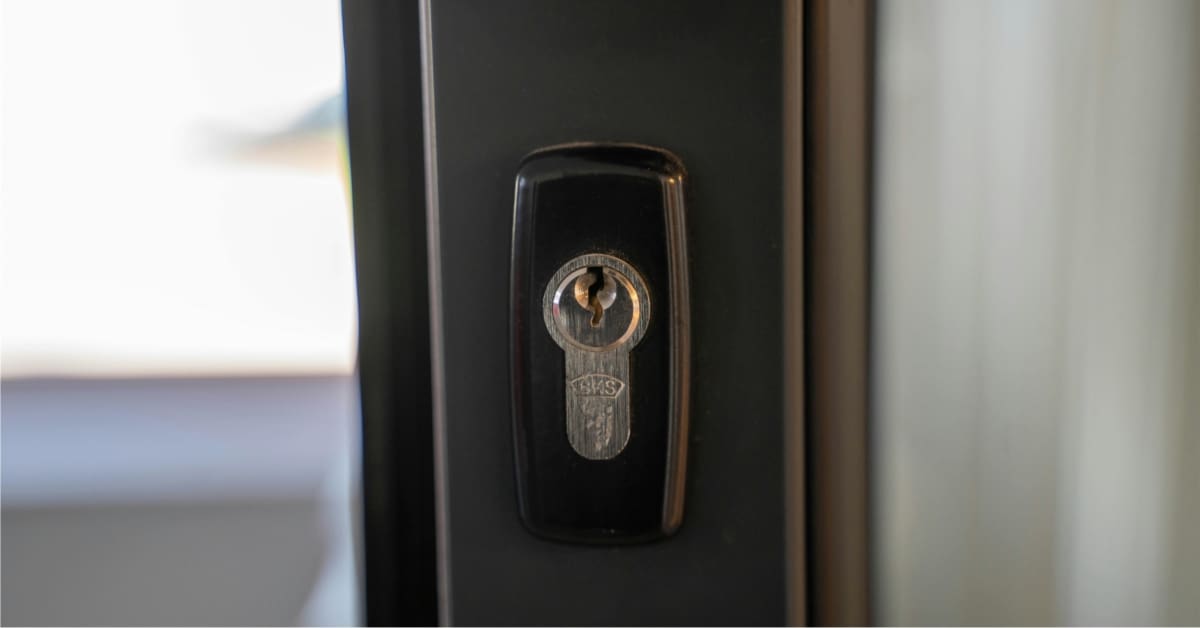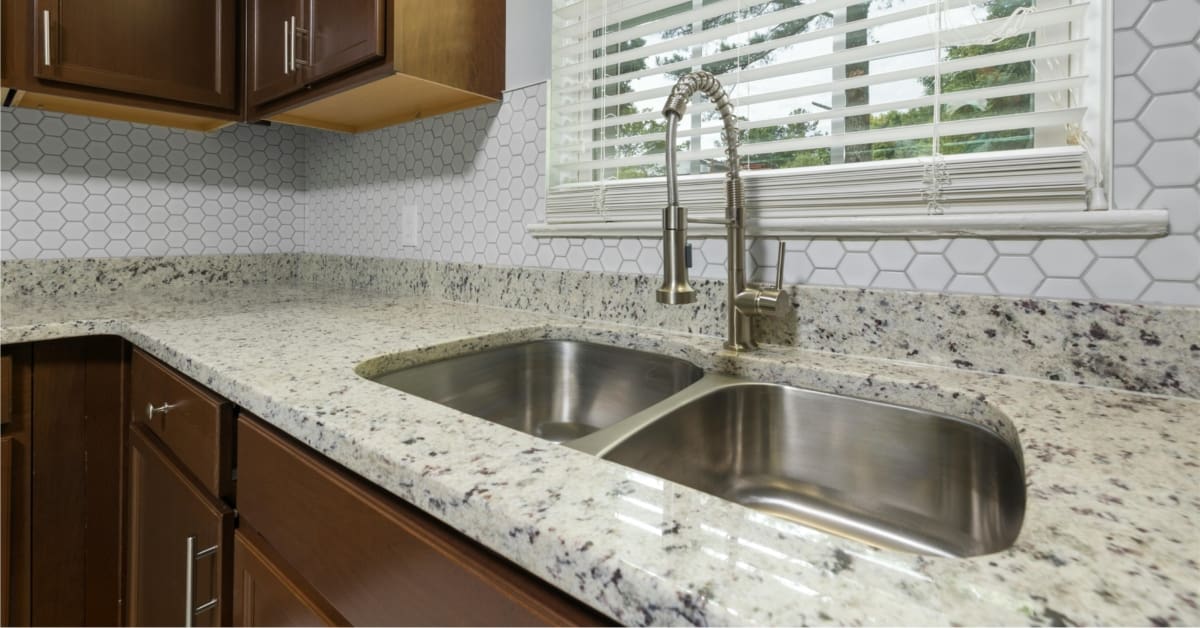 https://www.dfmurphy.com/wp-content/uploads/Keyhole-scaled.jpg
1340
2560
Murphy Insurance
https://dfmurphy.wpenginepowered.com/wp-content/uploads/Murphy-Insurance-Logo-Header.jpg
Murphy Insurance2025-12-11 09:00:072025-12-22 15:42:18Make Home Security A Top Priority
https://www.dfmurphy.com/wp-content/uploads/Keyhole-scaled.jpg
1340
2560
Murphy Insurance
https://dfmurphy.wpenginepowered.com/wp-content/uploads/Murphy-Insurance-Logo-Header.jpg
Murphy Insurance2025-12-11 09:00:072025-12-22 15:42:18Make Home Security A Top PriorityCreating a Home Inventory offers a multitude of benefits. Not only does it serve as crucial documentation for insurance purposes, streamlining claims processes in case of theft, fire, or other damages, but it also facilitates accurate valuation of belongings, aiding in determining appropriate insurance coverage limits and for estate planning. Furthermore, it fosters organizational habits, helping to locate items efficiently, prevents unnecessary purchases, and acts as a memory aid for items stored in less-accessed areas.
Ultimately, maintaining a Home Inventory brings peace of mind, knowing that one’s possessions are protected, organized, and accounted for.
Don’t Fall Victim to Procrastination, Get Started Today
Documenting all your possessions can be overwhelming, but it’s worth the effort. Our human inclination is to delay this project but not continually put it off. Some of the best ways to overcome this is to:
- Set a Time Goal: Setting a deadline helps keep you on track.
- Break it Up into Pieces: Don’t overwhelm yourself by trying to do it all at once. Go room by room. Start with your most valuable possessions.
- Get Help: Have someone help you take the inventory and review it.
How-To Tips
Create A List
Find a method that works for you. Using a computer can make storage, duplication, and inventory updates easy. If you don’t have a PC, paper works fine, too. Click below for sample home inventory worksheets:
There are also a variety of apps that you can download to a mobile device to help you organize and catalog your possessions. What tool or format you select to manage your inventory is unimportant. The critical element is to get it done.

What To Document
Describe all items, noting make, model, where purchased, and price paid as applicable. List serial numbers for expensive electronics and major appliances. Count clothing items by category, noting high-value items. If you have receipts or appraisals, keep them with your list.
Take Photos Or Video
Take pictures or videos of everything using the time stamp feature if necessary. Label all photos with descriptions. Digital photos are inexpensive and easy to store. Video is excellent for giving verbal descriptions of items. You should do this step first to create a quick inventory.
Document High-Value Items
Items worth over $500 should be described in detail and photographed. High-value items may need to be insured separately since home policies have certain personal property limitations.
Safely Store Your Inventory
Keep a copy handy for yourself. Most importantly, store your inventory documentation away from your home in a safe deposit box or with someone you trust.
Keep It Up To Date!
Once you’re done, update your inventory when you make big purchases. It’s a good idea to review your list at least every couple of years or when you move. When you’ve completed your inventory, please talk with us to ensure you have enough insurance to cover all your possessions.
Read Our Homeowners Insurance Blog Posts
 https://www.dfmurphy.com/wp-content/uploads/Keyhole-scaled.jpg
1340
2560
Murphy Insurance
https://dfmurphy.wpenginepowered.com/wp-content/uploads/Murphy-Insurance-Logo-Header.jpg
Murphy Insurance2025-12-11 09:00:072025-12-22 15:42:18Make Home Security A Top Priority
https://www.dfmurphy.com/wp-content/uploads/Keyhole-scaled.jpg
1340
2560
Murphy Insurance
https://dfmurphy.wpenginepowered.com/wp-content/uploads/Murphy-Insurance-Logo-Header.jpg
Murphy Insurance2025-12-11 09:00:072025-12-22 15:42:18Make Home Security A Top Priority
Preventing Water Damage: What Homeowners Need to Know

10 Ways to Stay Safe and Protected This Holiday Season
Contact Us
Communities
Murphy Insurance Agency provides insurance solutions across Massachusetts and New England. Where you live is not a barrier to our assisting you. We are proud to serve the communities where our customers live and work, including Acton, Ashland, Ayer, Bellingham, Berlin, Blackstone, Bolton, Boston, Boxborough, Boylston, Chelmsford, Clinton, Concord, Devens, Dunstable, Fitchburg, Foxborough, Framingham, Franklin, Groton, Harvard, Holliston, Hopedale, Hopkinton, Hudson, Lancaster, Leominster, Littleton, Lunenburg, Marlborough, Maynard, Medfield, Medway, Mendon, Milford, Millis, Millville, Natick, Norfolk, Northborough, Northbridge, Pepperell, Sherborn, Shirley, Shrewsbury, Southborough, Sterling, Stow, Sudbury, Townsend, Upton, Uxbridge, Wayland, Westborough, Westford, Weston, Whitinsville, Worcester, and last but not least, Wrentham.
About Us
Get A Quote
- Quote Overview
- Auto Insurance Quote
- Homeowners Insurance Quote
- Condominium Insurance Quote
- Renters Insurance Quote
- Umbrella Liability Quote
- Valuables Coverage Quote
- Boat Insurance Quote
- Business Insurance Quote
- Employee Benefits Quote
- Life Insurance Quote
- Term Life Insurance Quote – Instant
- Disability Insurance Quote
- Long-Term Care Insurance Quote
- Other Insurance Quote
Resources
Personal Insurance
- Overview
- Auto Insurance
- Motorcycle Insurance
- Homeowners Insurance
- Condominium Insurance
- Renters Insurance
- Flood Insurance
- Personal Umbrella Insurance
- Boat Insurance
- Recreational Vehicle Insurance
- Financial Insurance
- Life Insurance
- Term Life Insurance
- Disability Insurance
- Long-Term Care Insurance
- Fixed Annuities
Business Insurance
Legal
Read Our Blog
Recent Posts
- Murphy Insurance Agency Supporting Local Charities Through Teamwork December 23, 2025
- The Murphy Insurance Difference December 18, 2025
- Make Home Security A Top Priority December 11, 2025
- Preventing Water Damage: What Homeowners Need to Know December 8, 2025
- Don’t Drink and Drive December 1, 2025
- 10 Ways to Stay Safe and Protected This Holiday Season November 25, 2025
- 10 Ways to Keep Your Business Safe and Running Smoothly This Holiday Season November 24, 2025
- Terrific Thanksgiving and Holiday Travel Tips November 21, 2025
- Thanksgiving Kitchen Safety Tips to Keep Your Holiday Safe and Stress-Free November 20, 2025
- Five Strategies for Reducing Workers’ Compensation Costs November 17, 2025
- On the Road Alone: Essential Safety Tips for Long Solo Drives November 10, 2025
- Business Spotlight: Welly’s & Wemmy’s Delivering a Delicious Local Story November 4, 2025
- Halloween Safety Tips with a Side of Insurance Wisdom October 22, 2025
- October is Cybersecurity Awareness Month: Are You Cyber-Smart at Home and at Work? October 16, 2025
- Cybersecurity Awareness Month: How Businesses Can Stay Protected in a Digital World October 14, 2025

